When you bought your first camera, you've probably heard this advice: don't buy an entry-level camera, because the image quality of an entry-level camera is not even as good as that of a smartphone, so you might as well buy a full-frame camera directly. This sounds plausible, but is it really true? Today, we'll discuss whether entry-level cameras are a waste of money and how we should correctly understand the term "entry-level".
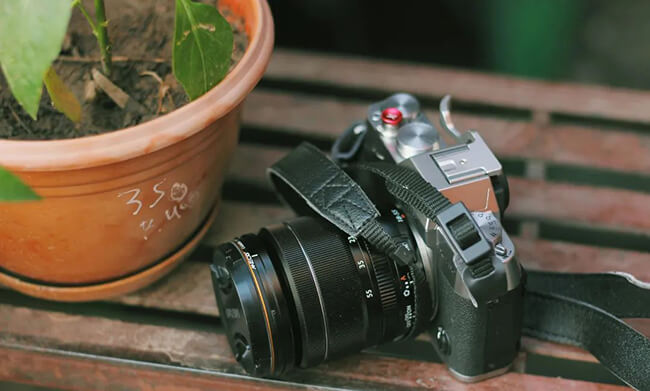
The so-called "entry-level cameras" usually refer to APS-C format cameras priced between 3,000 and 6,000 yuan. These cameras are characterized by a larger sensor than smartphones, manual exposure control, interchangeable lenses, and the ability to shoot in RAW format, leaving more room for post-processing. They are positioned to be tailored for beginners - fully functional, easy to operate, and affordable, serving as a bridge between getting started with photography and improving skills. However, in many people's eyes, "entry-level" is equivalent to "low-end", "outdated", and "weak performance". This misunderstanding stems from a lack of in-depth understanding of camera functions and a purchasing psychology that "expensive must be good".
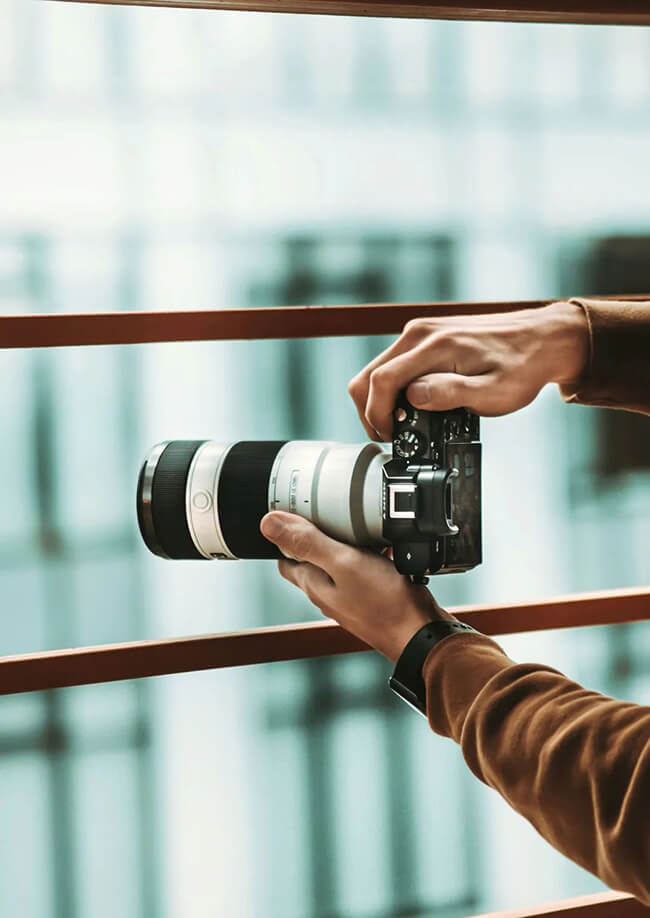
In fact, the most important value of an entry-level camera is not about taking "high-end" photos, but whether it can help the shooter truly understand the technical principles of photography. For example, how do aperture, shutter, and ISO work together? How does the focal length affect the image? How does white balance change the style of the picture? Therefore, a camera with manual M mode is sufficient to help us learn photography. Moreover, entry-level cameras don't rely on various "smart modes" to complete shooting; instead, they allow the shooter to set various shooting parameters manually, truly "controlling" each photo. This makes them realize that photography is not just about taking pictures, but more about expressing ideas, and expressing ideas is never as simple as one-click beauty. It's true that the shooting performance of smartphones is becoming more and more powerful. But when you use a camera with a large-aperture lens and take a casual shot in a well-lit scene, you'll find that the transparency of the image, the naturalness of background blur, and the authenticity of color reproduction are incomparable to those of a smartphone.
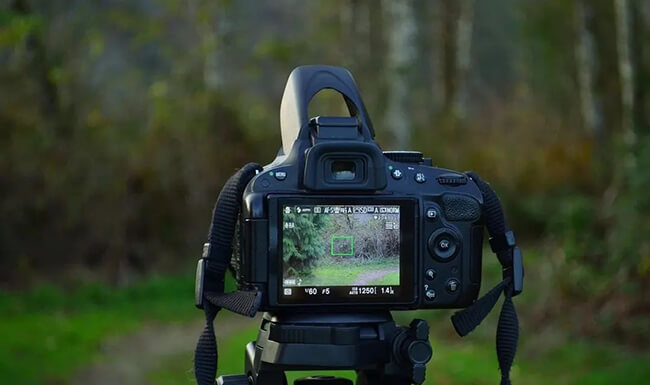
Of course, when buying an entry-level camera, you need to have a full understanding of its performance. For example, entry-level cameras are not suitable for all types of photography. Their main role is to help beginners understand photography and guide them into the world of photography. When shooting, you shouldn't challenge difficult subjects such as sports photography or low-light photography; instead, you should shoot in well-lit scenes. It's important to remember that there are limitations to taking good photos with an entry-level camera. The correct approach is to play to its strengths and avoid its weaknesses, and shoot in scenes suitable for entry-level cameras.
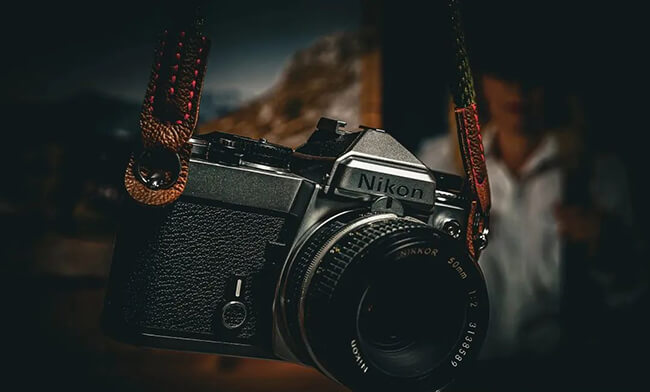
From the perspective of manufacturers, although full-frame cameras are currently popular, camera manufacturers have not given up on APS-C entry-level cameras because of full-frame ones. On the contrary, various camera manufacturers are now launching various entry-level cameras in different ways. Especially Fujifilm, it even takes entry-level APS-C cameras as its main products, and even sells APS-C cameras at the price of full-frame cameras. Of course, this is inseparable from the success of Fujifilm's marketing strategy. But from this, we can also see that entry-level cameras are not useless, and buying them is not just paying "intelligence tax".
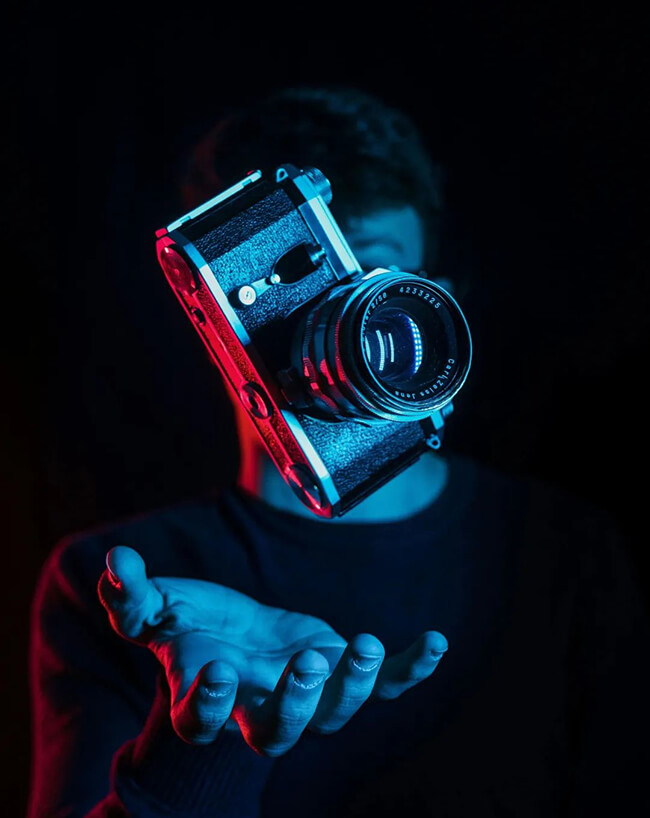
To sum up, it's a correct idea for beginners to buy an entry-level camera. But to buy a suitable entry-level camera, the key is to understand the basic situation of the camera you want to buy and have a correct understanding of its performance, neither overestimating nor underestimating it. Don't let the incorrect and one-sided view that "entry-level = waste" interfere with your camera purchase plan.
Related Tags: Buy a camera
